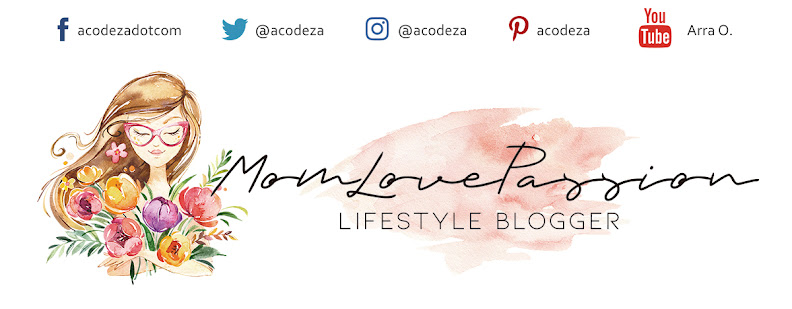by Orthology
The holiday season is often a time of reflection, and many people pause to consider what they are grateful for. Gratitude has been shown offer many health benefits such as:
- Improved immune health – Gratitude has been linked to optimism, which has been demonstrated to strengthen immune systems.Stress management – Feeling grateful can help people manage stress, and lowering stress has been associated with decreased risks of heart disease, cancer, and other debilitating conditions.
- Stronger relationships – When people focus on aspects in their life that they are grateful for, especially related to the people in their lives, it can make people feel more connected, can strengthen personal relationships and can boost pro-social behaviors like helping others.
- Better sleep – Studies have shown that people who write down what they’re thankful for before hitting the hay fall asleep faster and stay asleep longer.
Research shows that grateful individuals who see gratitude as a permanent personality trait instead of a transient state of mind tend to look after themselves better than those who don’t. They are likely to engage in more preventative health activities such as exercising regularly, eating a healthy diet, and scheduling regular checkups.
So, what are some steps you can take to increase the level of gratitude you feel throughout the year
- Keep a gratitude journal – By taking time out to write down what you are grateful for each day, you become more aware of the blessings in your life and maintain a more optimistic outlook.
- Engage in positive self-talk – Studies have shown that being grateful helps people cope with difficult circumstances and the stress resulting from negative events. By reframing situations or reflecting on the benefits that may arise from an otherwise difficult situation, you can increase your feelings of gratitude and dispel some of the negative feelings in the process.
- Meditate – This is the perfect time to focus on particular aspects of your life that you are grateful for without life getting in the way. Doing so can improve your outlook, mood, and health.
This holiday season, as you gather with friends and family, try to remember that gratitude has a place in your everyday life. If you can translate your once-a-year feelings of thankfulness into common feelings of gratitude, you will likely find even more physical, mental and social benefits that you can be thankful for!










